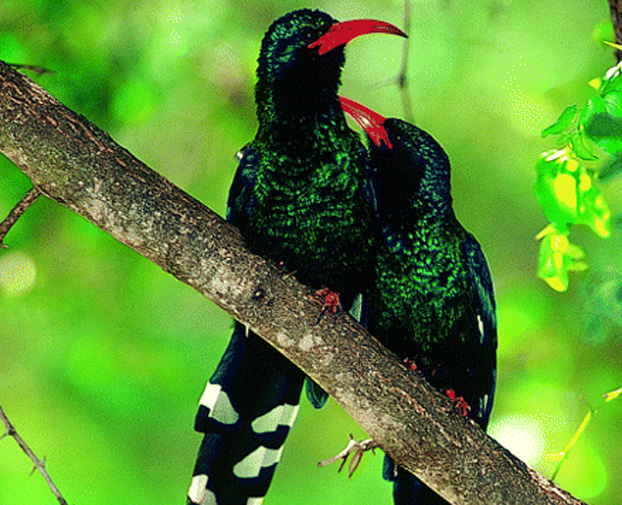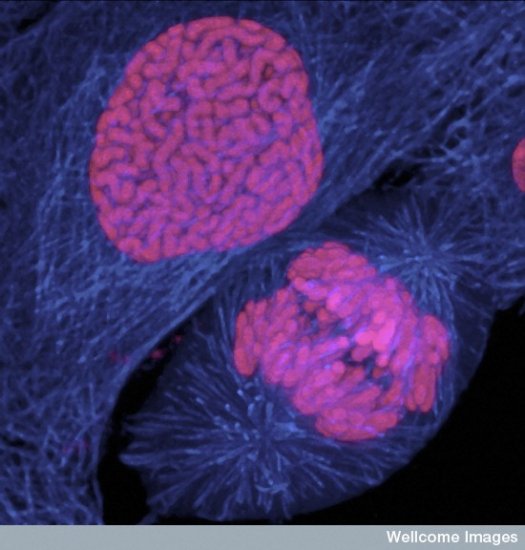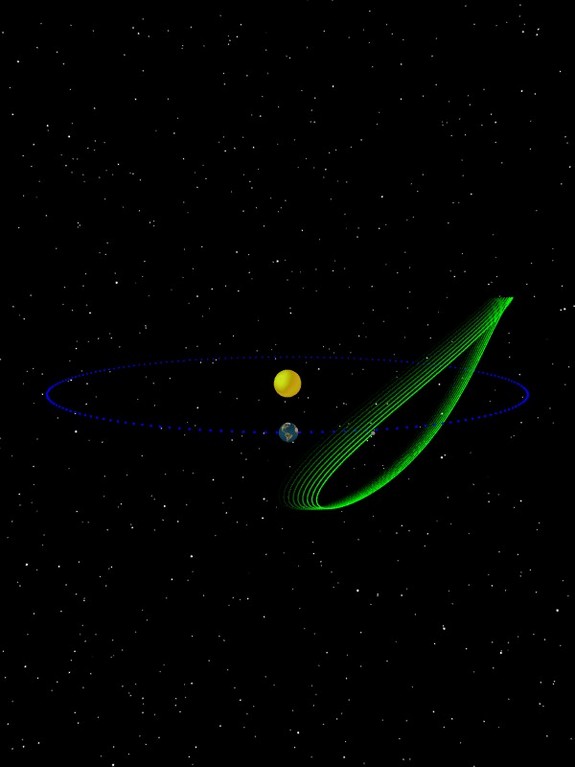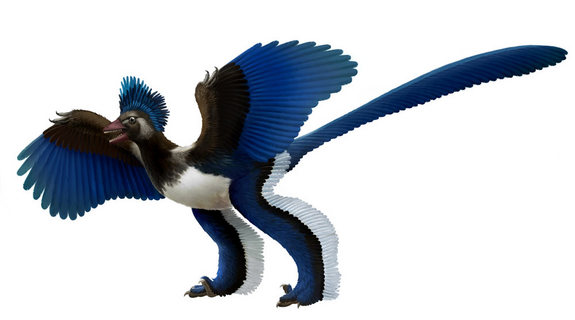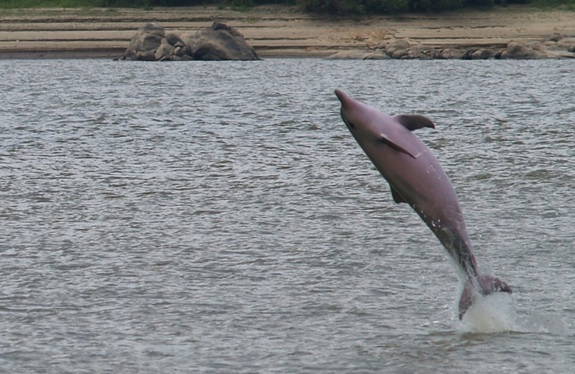
Using new DNA sequencing techniques, researchers have tracked down the gene defect underlying a rare disease called Proteus syndrome that causes bone and skin tissue to grow to sometimes grotesque proportions. The mutation may explain the affliction of the Elephant Man, a deformed Englishman whose tragic life in the late 1800s has been portrayed on stage and film.
Proteus syndrome, named for the shape-shifting Greek sea god, is thought to affect only a few hundred people. Skin and other tissues grow abnormally, leading to enlarged feet, hands, and tumors that can cause pain and other problems and sometimes require amputation. Because the disease doesn't run in families, and only some parts of the body are affected, German dermatologist Rudolf Happle hypothesized in 1987 that instead of resulting from an inherited mutation that permeates all the cells of a new embryo, it might be caused by a spontaneous mutation that appears in one cell early in development. The resulting person would then be a mix of normal cells and ones with the mutation. (Happle speculates the mutation would be fatal to an embryo if it affected all cells.)
But confirming that "mosaic" hypothesis hasn't been easy because geneticists could not follow their typical strategy of tracking the gene by studying families in which some members inherit the disease and others don't, says Leslie Biesecker, chief of the National Human Genome Research Institute's Genetic Diseases Research Branch in Bethesda, Maryland, who has studied Proteus patients for 16 years.
